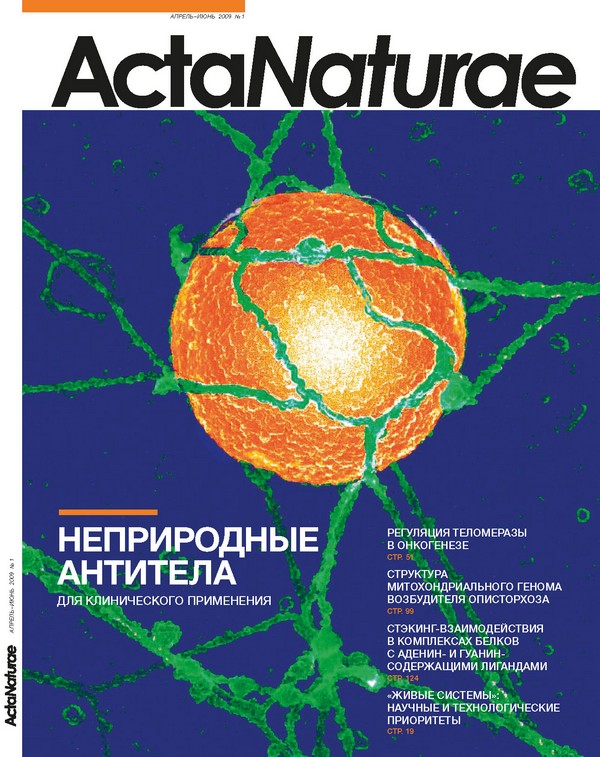Abstract
Opisthorchis felineus, a hepatic trematode, is the causative agent of opisthorchiasis, a dangerous disease in both human beings and animals. Opisthorchiasis is widespread in Russia, especially Western Siberia. The purpose of the present study was to determine the complete mitochondrial DNA sequence of this flatworm. Two parallel methods were employed: (1) capillary electrophoresis to sequence the mitochondrial genome fragments obtained through specific PCR amplification, and (2) high throughput sequencing of the DNA sample. Both methods made possible the determination of the complete nucleotide sequence of the O. felineus mitochondrial genome. The genome consists of a ring molecule 14,277 nt in length that contains 35 genes coding 2 rRN A, 22 tRN A, and 12 proteins: 3 subunits of cytochrome-C-oxidase, 7 subunits of NADH-dehydrogenase, B apocytochrome, and subunit 6 of ATP-synthetase. Like many other flatworms, O. felineus is characterized by the absence of the ATP-synthetase subunit 8 gene. Nineteen out of the 22 tRN As have a typical “clover leaf” structure. The tRN A(AGC) and tRN A-Cys genes lack DHU-loops, while the tRN A-Ser(UC A) has 2 alternative structures: one with a DHU-loop, and one without it. Analyzing the results obtained from the high throughput sequencing revealed 45 single-nucleotide polymorphisms within the mitochondrial genome. The results obtained in this study may be used in the development of molecular diagnostic methods for opisthorchiasis. This study shows that high throughput sequencing is a fast and effective method for decoding the mitochondrial genome of animals.
Full Text
Although O. felineus has been studied for over a century, the lack of knowledge about its specific indentifying characteristics has meant that many questions about its prevalence and about how it evolves remain to be answered. Previous molecular analyses of these flukes have not provided molecular markers specific enough to be effective for the purposes of present-day studies [
3,
4,
5], but the complete decoding of this trematode´s mitochondrial genome may enable specific and effective molecular markINTRODUCTION The flatworm Opisthorchis felineus (class: Trematoda, family: Opisthorchiidae) is a parasitic liver fluke in both human beings and animals. An estimated 2 million people worldwide are infected with opisthorchiasis, most of them in Russia and countries of the former Soviet block, such as Ukraine, Belarus and Kazakhstan [
1,
2]. Within some of the northern settlements in these regions, up to 90% of the population is infected with opisthorchiasis [
1]. 100 | Acta naturae | № 1 2009 RE SEARC H ART ICLES ers to be created, which would have far-ranging applications in research. The mitochondrial DNA (mtDNA) of most species of animals has some unique features, such as its maternal pattern of inheritance, the absence of recombination and its higher replication rate, which distinguish it from nuclear DNA[
6], and which make it a potentially unequalled tool for identification in phylogenetic and phylogeographic studies. The number of sequenced genomes continues to increase, and now they are widely used for selecting genetic markers characterized by a high evolution rate, and for creating high-resolution phylogenetic trees in which both the sequences proper and the individual gene sequences can be used as markers.
About the authors
Institute of Cytology and Genetics, Siberian Branch of Russian Academy of Sciences
10 Lavrentieva Ave, Novosibirsk, 630090, Russia
Bioengineering Center, Russian Academy of Sciences
7/1 60-letiya Oktyabrya Ave, Moscow, 117312, Russia
Bioengineering Center, Russian Academy of Sciences
7/1 60-letiya Oktyabrya Ave, Moscow, 117312, Russia
Institute of Cytology and Genetics, Siberian Branch of Russian Academy of Sciences
10 Lavrentieva Ave, Novosibirsk, 630090, Russia
Institute of Cytology and Genetics, Siberian Branch of Russian Academy of Sciences
10 Lavrentieva Ave, Novosibirsk, 630090, Russia
Institute of Cytology and Genetics, Siberian Branch of Russian Academy of Sciences
10 Lavrentieva Ave, Novosibirsk, 630090, Russia
Institute of Cytology and Genetics, Siberian Branch of Russian Academy of Sciences
10 Lavrentieva Ave, Novosibirsk, 630090, Russia
Bioengineering Center, Russian Academy of Sciences
Email: office@biengi.ac.ru
7/1 60-letiya Oktyabrya Ave, Moscow, 117312, Russia







